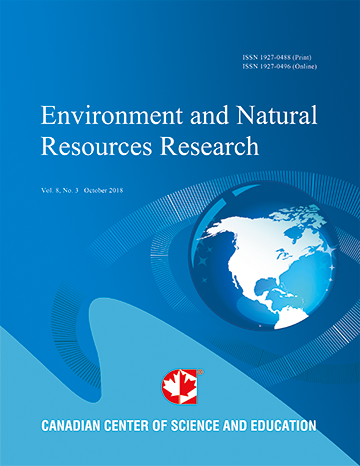Estimation of the Tourism Benefits of Kakamega Forest, Kenya: A Travel Cost Approach
- Mbuba Mugambi
- John Mburu
Abstract
Policymakers in developing countries emphasize on short-term benefits of forest conversion over the long-term economic benefits such as recreational uses. This study used travel cost method to estimate the potential tourism or recreational benefits of two segments of Kakamega forest which are managed differently by Kenya Wildlife Services (KWS) and Kenya Forest Service (KFS). The empirical data used for this study was collected from past records on tourists’ numbers and their country of origin from both management stations of the forest. The travel cost approach was then used to analyze the data. Results show that the forest generates considerable economic benefits, thereby justifying its continued conservation as a destination for tourists from Europe, USA and other parts of the world. Further, the results indicate that areas which are better conserved and protected (managed by KWS) have higher recreational benefits than those that are not well conserved (managed by KFS). This paper discusses Kakamega forest as an important tourism recreational site and justifies an increment in entrance fee for tourists.
- Full Text:
 PDF
PDF
- DOI:10.5539/enrr.v3n1p62
Journal Metrics
Google-based Impact Factor (2016): 6.22
h-index (November 2017): 12
i10-index (November 2017): 19
h5-index (November 2017): 11
h5-median (November 2017): 12
Index
Contact
- Emily LinEditorial Assistant
- enrr@ccsenet.org
